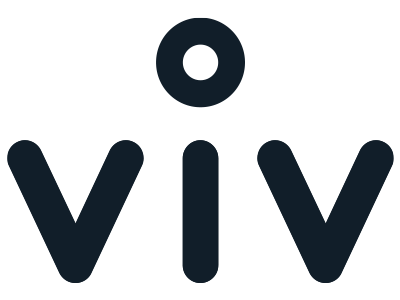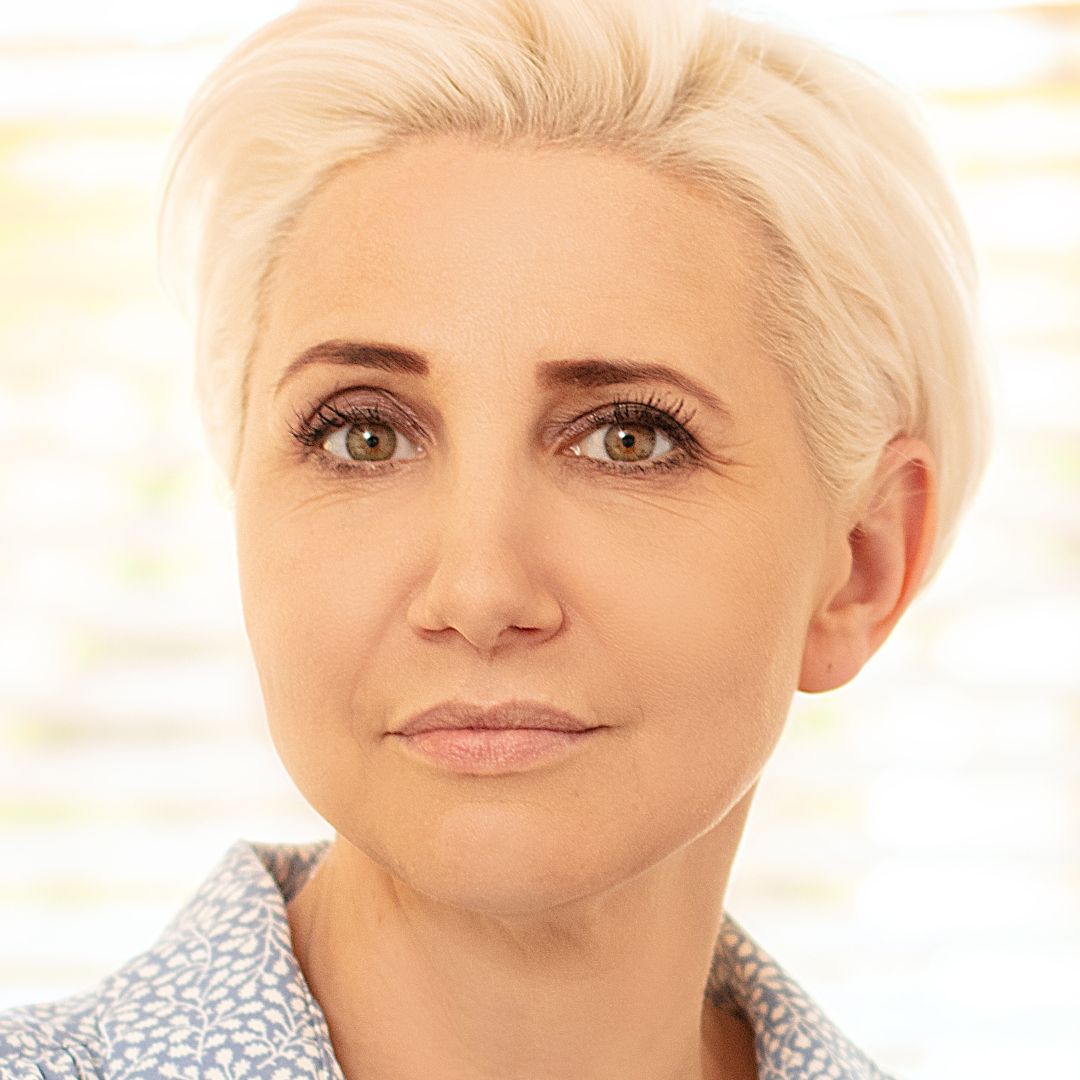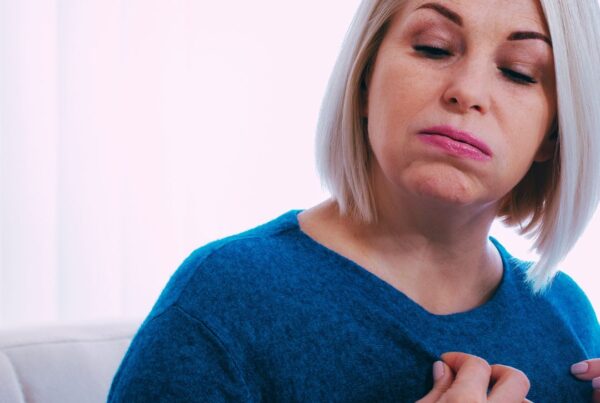Modern hormone replacement therapy is safe for most women, most of the time.
Over the past 20 years there has been much debate about the safety of HRT.
Sensational headlines, flawed research and fear have resulted in both women and doctors being scared to use HRT (also now referred to as menopausal hormone therapy – MHT).
Overall research points in a consistent direction that for most people, HRT is both safe and beneficial.
When considering the use of hormones, every individual should weigh up their personal risks and benefits. Just as the menopausal experience is unique to every female, when it comes to using hormones there is no one size fits all.
Some reassuring facts-
-
females are exposed to oestrogen and progesterone hormones all their life but particularly through puberty, their reproductive years and pregnancy
-
almost all cells and tissues of the body have receptors for oestrogen and progesterone and require them for optimal functioning
-
many females take the oral contraceptive pill (which has very high levels of oestrogen) for decades without a second thought
-
the doses in menopausal hormone therapy are lower than the body’s overall levels in reproductive years.
Hormone therapy not just improves quality of life for women with disruptive symptoms, it also has health benefits.
HRT reduces symptoms of menopause by addressing their root cause; it protects vaginal and urinary tissues as we get older; it has health benefits for bones, cardiovascular disease and perhaps dementia, diabetes and bowel cancer.
Risks of using menopausal hormonal therapy
Like any medication or intervention there are risks. These are the main ones-
-
blood clots such as deep venous thrombosis (DVT) and pulmonary embolism (PE) (when using oral or tablet forms of oestrogen – 1 extra case per 1000 females, there is no increase when oestrogen is applied to the skin)
-
uterine cancer risk is increased if women with a uterus are not also given progesterone with their oestrogen
-
breast cancer risk remains unclear. Research on breast cancer risk fails to conclude that hormone therapy is causally linked, with studies showing both a reduced risk of dying in women with breast cancer using HRT, reduced risk of getting breast cancer AND increased risk of getting breast cancer. All risks are very small in both directions.
- heart attacks are slightly more common in women starting HRT 10 years after their menopause.
Fear of breast cancer trumps common sense and real science when it comes to HRT
It seems likely that there is a very small increased risk of being diagnosed with breast cancer if you are taking HRT – around 1 extra diagnosis in 1000 women each year. This risk is not translated to an increased chance of dying from breast cancer. The risk is about the same as if you have low levels of physical activity, drink alcohol and is less than if you are obese. The risk of breast cancer is also about 1 in a 1000 women lower if taking oestrogen alone. Most women with breast cancer will die of cardiovascular disease, by a long way! In fact, as many women die from complications of broken hips resulting from osteoporosis as die of breast cancer in the US. We need to balance fear with facts and quality of life.
The overall risks of using HRT can be reduced by using body-identical preparations of oestrogen through the skin rather than taken by mouth, using body-identical progesterone capsules and taking into account a person’s other risk factors.
The biggest risk factors for developing breast cancer are family history, increasing age and smoking.
This information is for general educational purposes only and does not constitute medical advice. Please see your health professional for advice that is personalised to you.
Key Take Aways
HRT is safe for most women, most of the time.
Balance your personal risks and benefits to decide if HRT is right for you.
Other resources
Watch this video by Dr Rod Baber for the International Menopause Society on the safety of HRT.
IMS Revised Global Consensus Statement on Menopausal Hormone Therapy






